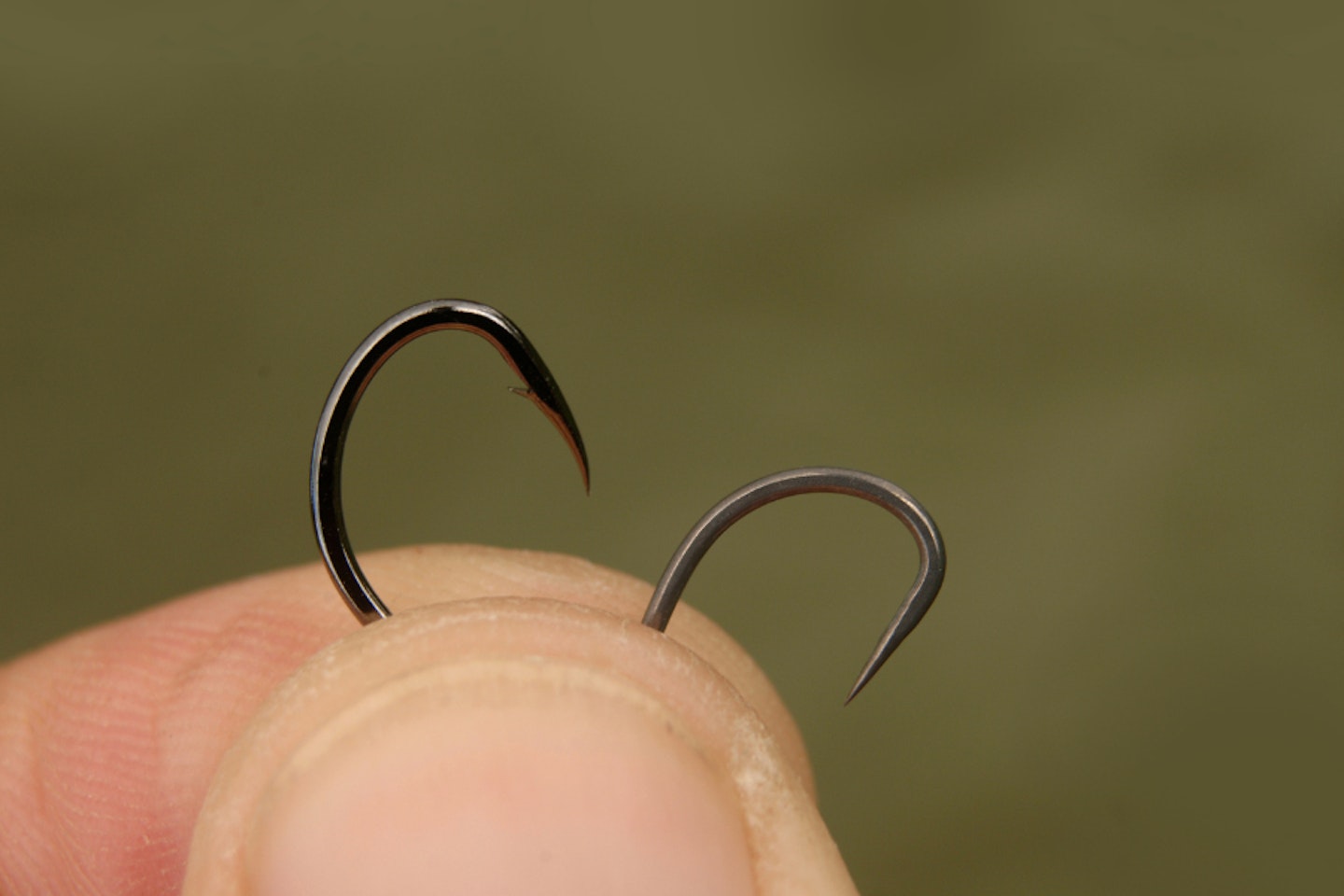Not all hooks are created equal. In fact, choosing the right hook pattern is one of the most important things you can do as an angler. Get it right, and everything just works. Get it wrong, and you’re left wondering why your beautifully presented bait is getting about as much attention as a wet sandwich. It’s a detail beginners often overlook, balancing the right hook and bait choice for your target species. If you're tying your own or buying pre-tied from the tackle shop, get the hook choice right, and you'll reap the rewards.
JUST STARTED FISHING? THIS HELPFUL GUIDE WILL HELP YOU GET STARTED.

Fine wire for silverfish
Silverfish require a light touch and a bit of finesse. When you’re targeting them, especially on natural venues, you’ll want a fine wire hook. These hooks are light, sharp, and delicate enough not to spook a shy roach nibbling at a single maggot or caster. A heavy hook would unbalance your bait and turn what should be a subtle, slow fall into something that looks more like a brick falling through the swim. Many manufacturers label their hooks ‘Silverfish’ so finding the perfect hook for your next silverfish session is simple.
CHECK OUT OUR PICK OF THE BEST FISHING RODS FOR BEGINNERS.
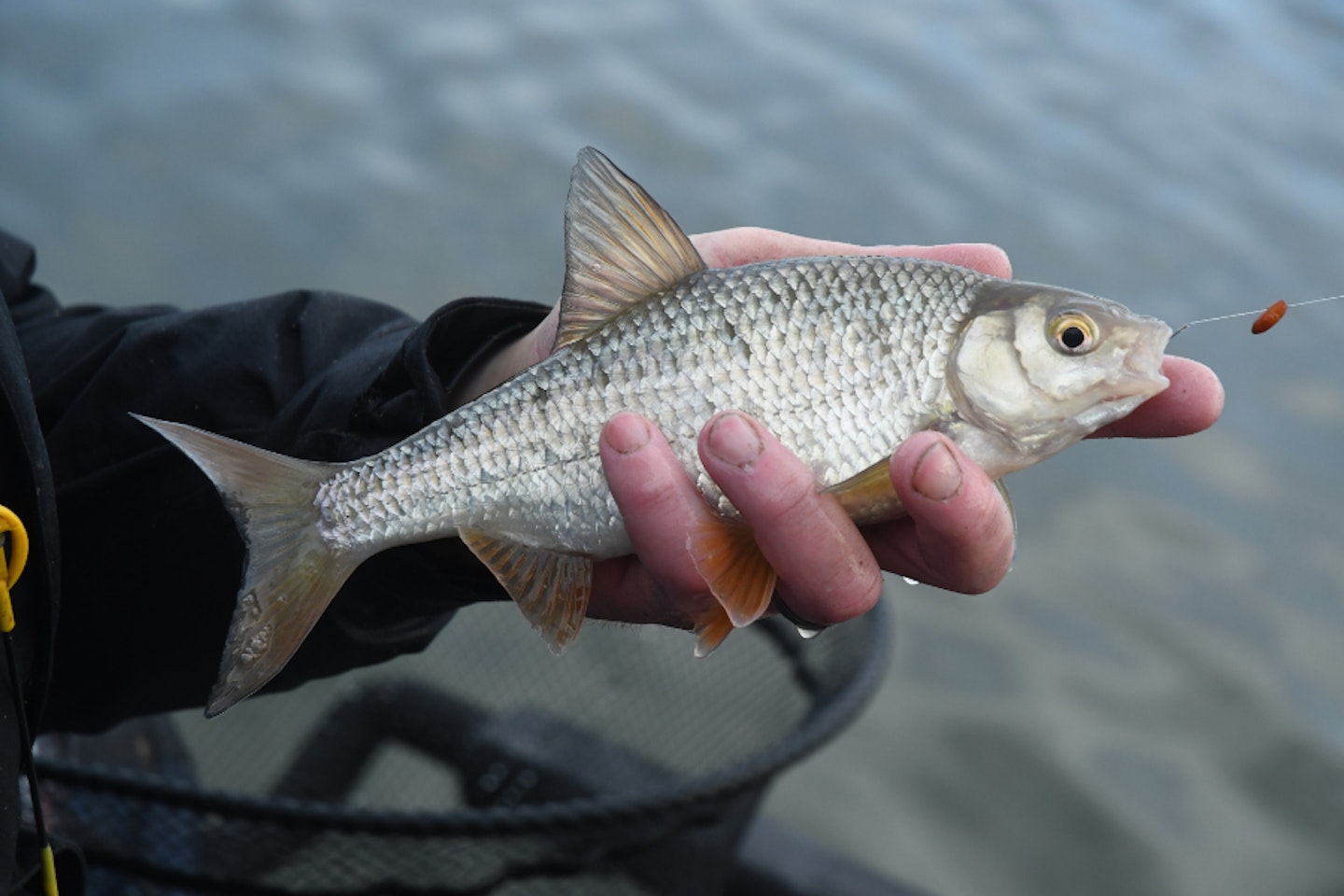
Light wide gape hook for skimmers and F1’s
Skimmers and F1s can be awkward customers, so a light wide gape hook is the way to go here. The wide gape gives you more chance of hooking the fish, whilst enough space on the bend to accommodate the bait, which is useful because these fish are notorious for mouthing the bait and spitting it out before you’ve even seen a knock on the float.
You don’t need loads of strength in the wire, because skimmers and F1s don’t pull too hard, but you do need something that holds a couple of maggots, corn, or expanders without wrecking them or masking the point. You can go for a spade end version to hook the baits or an eyed version for hair rigs.
TIE THE BEST POLE RIGS FOR F1'S IN THIS DETAILED GUIDE.
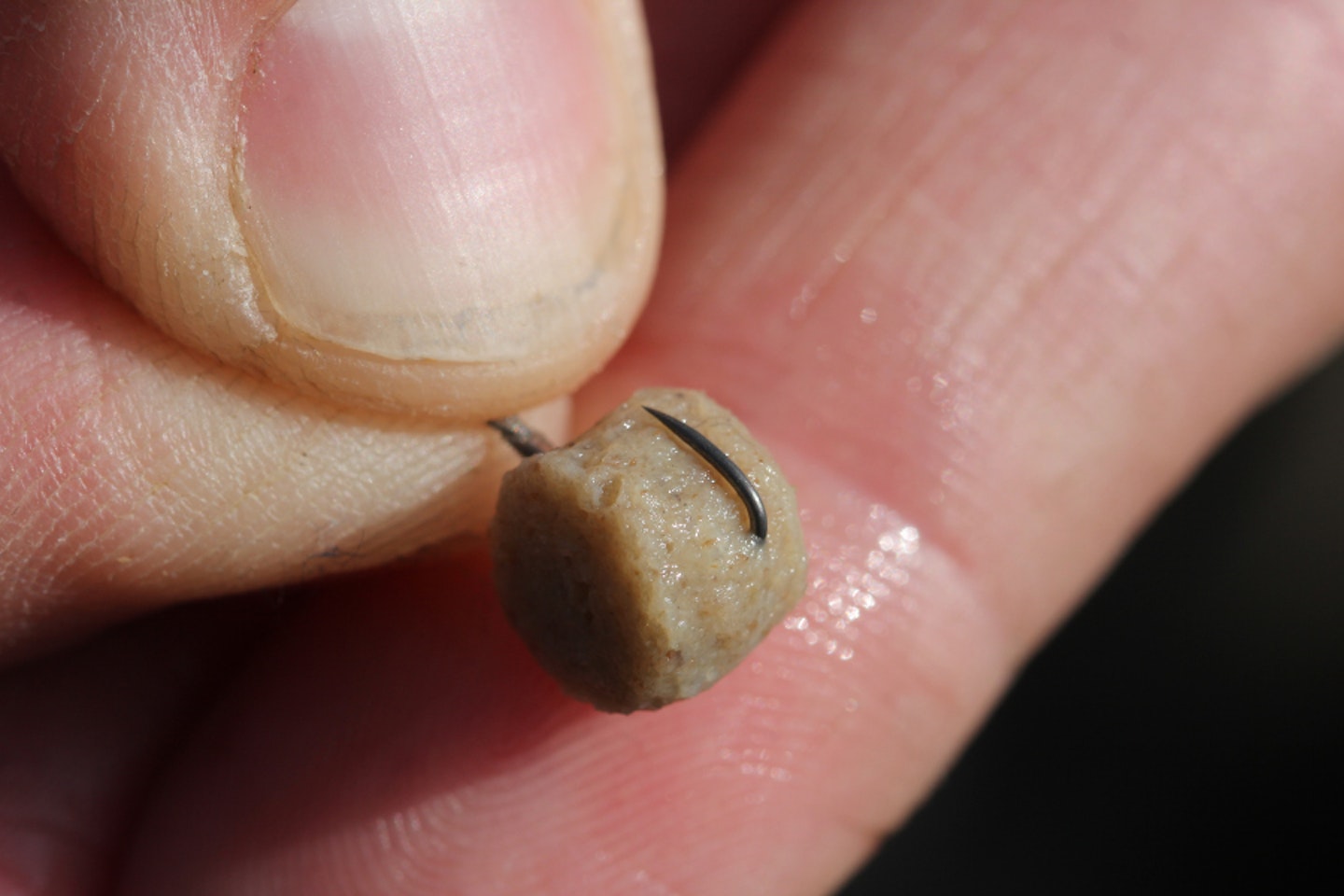
Medium wide gape hooks for small carp, bream and tench
If you’re targeting small carp on a commercials, or bream and tench, you’re into middleweight territory. You need a hook with a bit of strength but not one that’s going to compromise finesse. A medium gauge wire, wide gape hook is perfect middle ground. It’s strong enough to handle feisty carp, and a tench’s lunging runs but not so heavy that a cautious bream will turn its nose up at it.
These hooks are ideal for bigger baits like double caster, corn, worm segments, or any larger bait that a finer hook wouldn’t support properly. Perfect for summer stillwaters and commercials, reliable and versatile.
TAKE A LOOK AT OUR PICK OF THE BEST FISHING REELS SUB £50 IN THIS GUIDE.
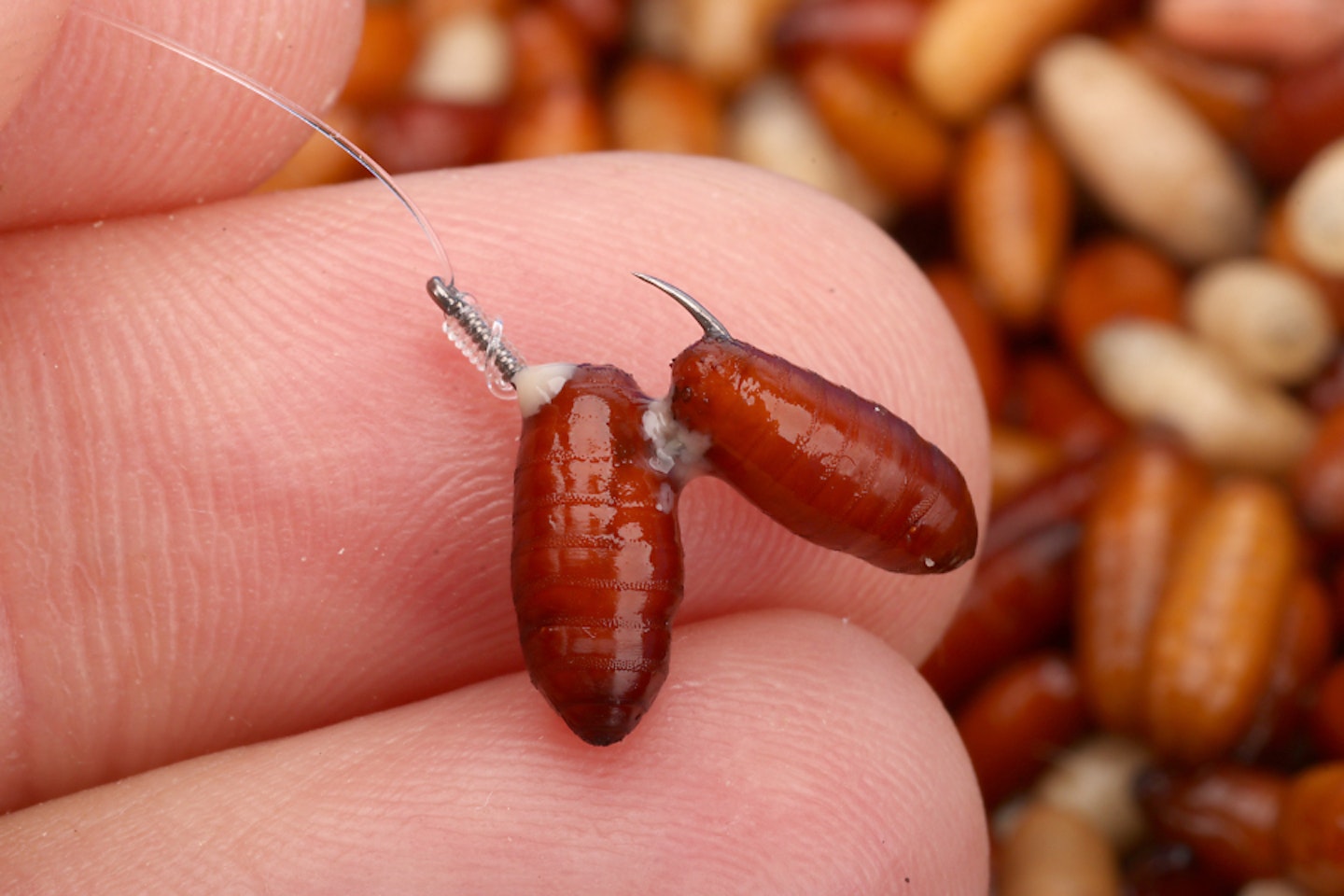
Heavy gauge hooks for big carp, chub and barbel
If you’re after proper carp, or bigger river fish like chub and barbel, you need a hook that means business. Think thick wire, forged for strength, and with a wide gape that can accommodate bigger baits and hold firm during a brutal scrap. This isn’t the time for subtlety it’s about durability and trust.
Whether your feeder fishing on the Trent or snaring big carp down the margins, these hooks take the strain and give you confidence to lean into a fish without the nagging worry of something straightening out. Eyed versions are the way to go with heavy duty, thicker lines, and typically hair rigged baits, but if you prefer to hook the baits and can confidently and securely tie a spade end with thicker diameter lines there are plenty to choose from.
GOT £1000 FOR A POLE? CHECK OUT OUR PICK OF THE BEST POLES UNDER £1000.
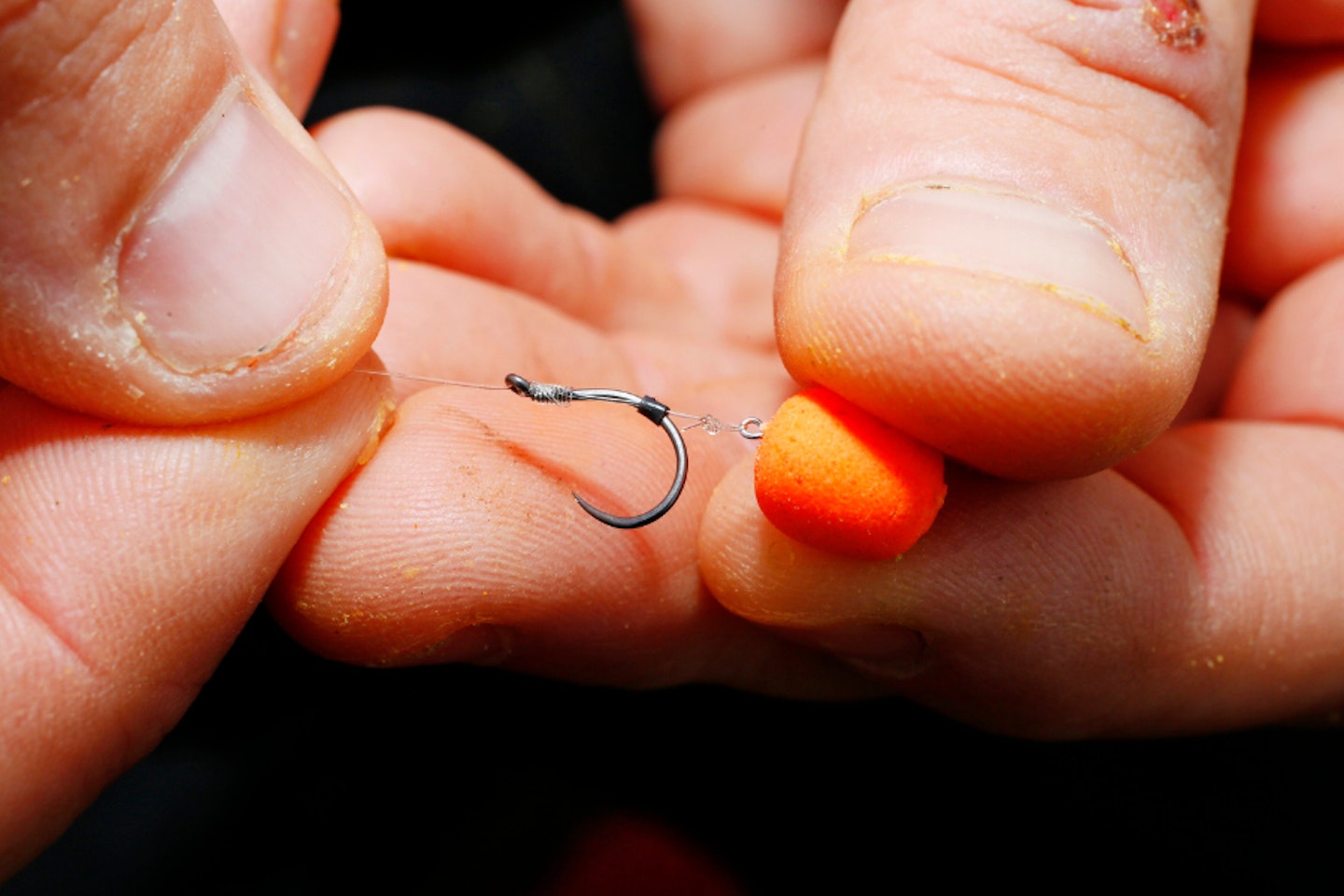
Spade end vs eyed hooks
At this point, it’s worth getting your head around the difference between spade-end and eyed hooks. Spade ends are more traditional and often used in finer setups, with fine diameter lines. The line runs straight off the back of the hook, which helps with natural presentation. Eyed hooks, on the other hand, are better suited to stronger lines and more robust methods.
The shape of the eye matters too. If a hook has an in-turned eye, that’s one angled slightly towards the point, it helps the hook turn into the fish’s mouth as it sucks in the bait. This is especially useful for hair rigs, where the bait sits just off the hook, because that slight inward angle helps convert pickups into proper hook-ups.
On the flip side, an out-turned eye is used when you’re fishing hair rigs but with the use of thicker diameter lines, it helps keep the angle of the rig neat when using a knotless knot and avoids kinks or acute angles that might affect presentation or hook ups.
IN THIS GUIDE WE PICK OUR FAVOURITE SEATBOXES SUB £350.

Barbed vs barbless hooks
Most commercial venues in the UK now insist on barbless hooks, and for good reason. Barbless hooks are easier to remove, and generally cause less damage to the fish, and are less likely to get caught in nets or clothing. For beginners, that makes things simple, safer and easier.
That said, barbed hooks still have their place on rivers and in specimen fishing, where rules allow. The barb helps provide a strong hook hold during long fights or when fish roll or change direction in the flow. It’s all about venue rules, the species you want to catch, and your own confidence with unhooking fish safely.
SIT COMFORTABLY IN ONE OF THE BEST FISHING CHAIRS.
